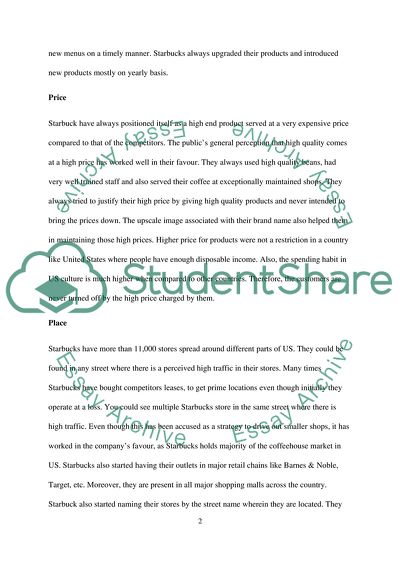Cite this document
(Success of Starbucks Marketing Strategy in United States Case Study, n.d.)
Success of Starbucks Marketing Strategy in United States Case Study. Retrieved from https://studentshare.org/marketing/1762474-international-marketing-management
Success of Starbucks Marketing Strategy in United States Case Study. Retrieved from https://studentshare.org/marketing/1762474-international-marketing-management
(Success of Starbucks Marketing Strategy in United States Case Study)
Success of Starbucks Marketing Strategy in United States Case Study. https://studentshare.org/marketing/1762474-international-marketing-management.
Success of Starbucks Marketing Strategy in United States Case Study. https://studentshare.org/marketing/1762474-international-marketing-management.
“Success of Starbucks Marketing Strategy in United States Case Study”. https://studentshare.org/marketing/1762474-international-marketing-management.


